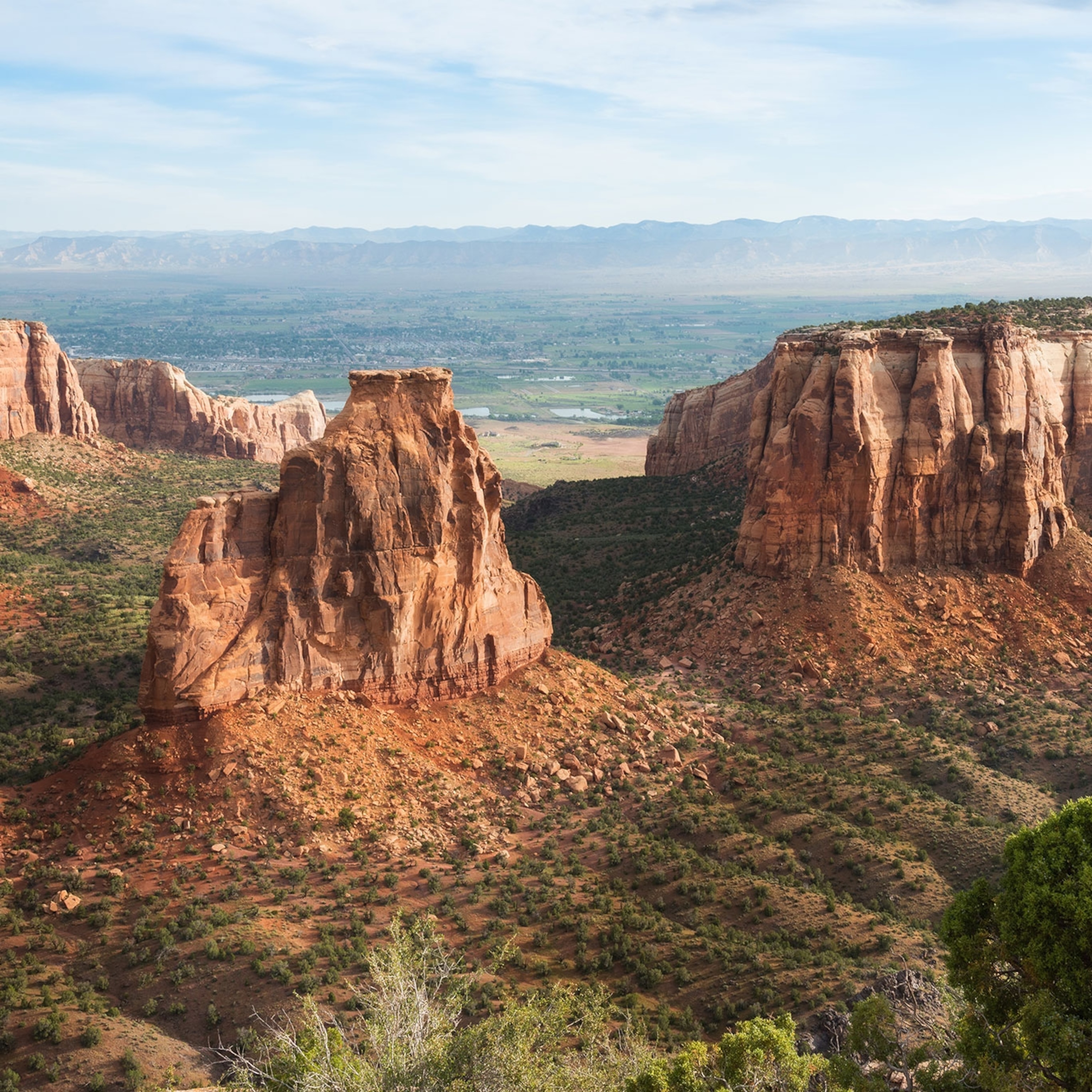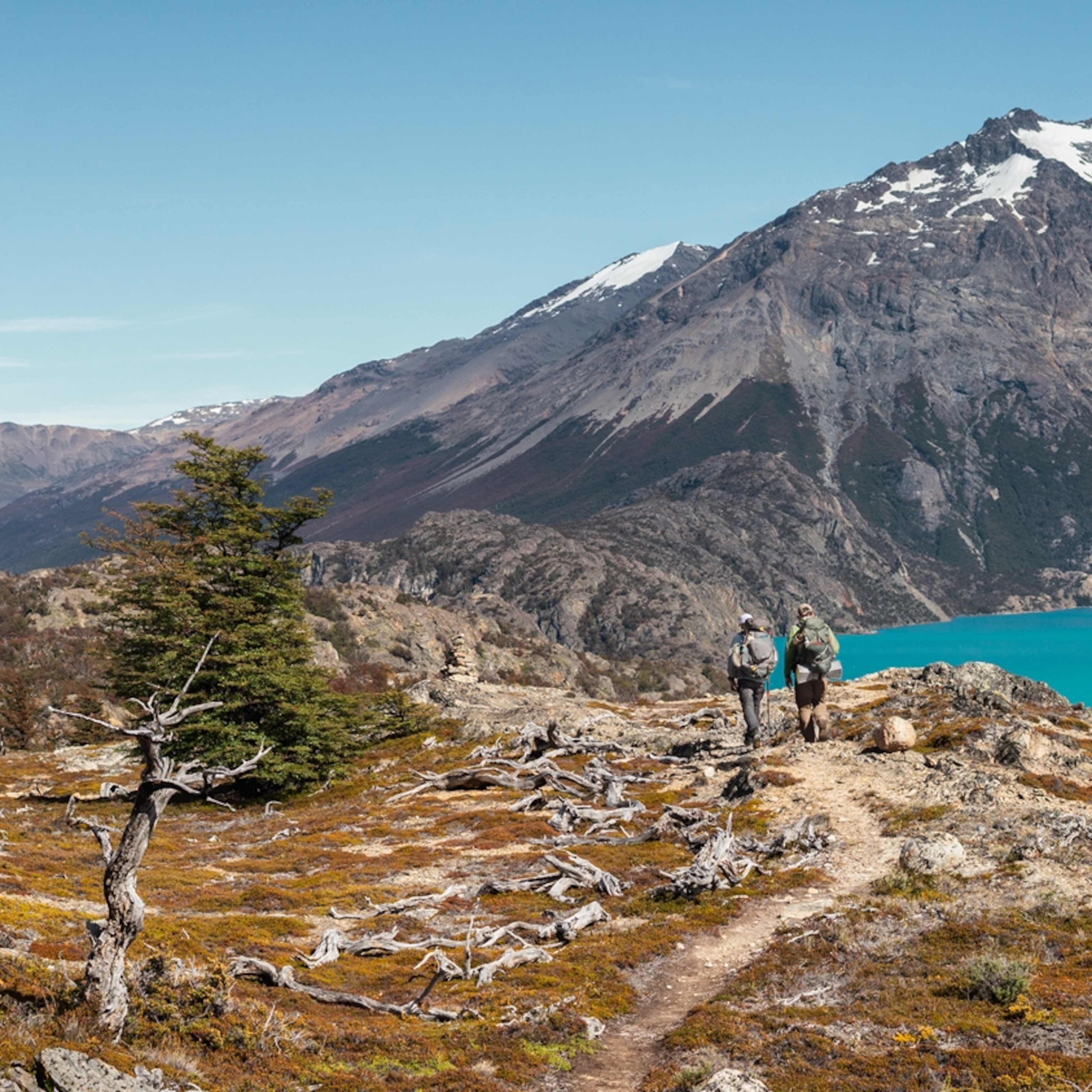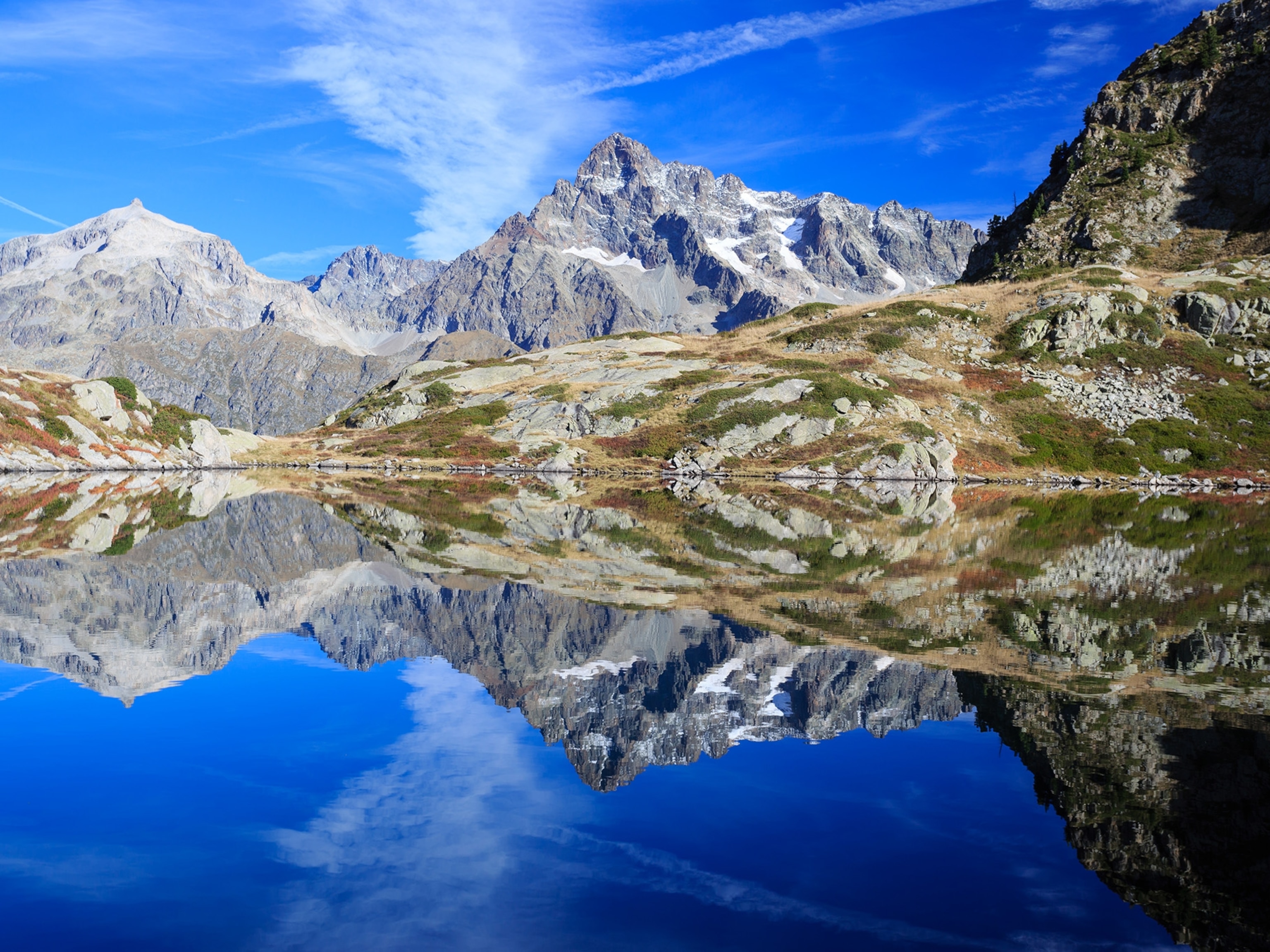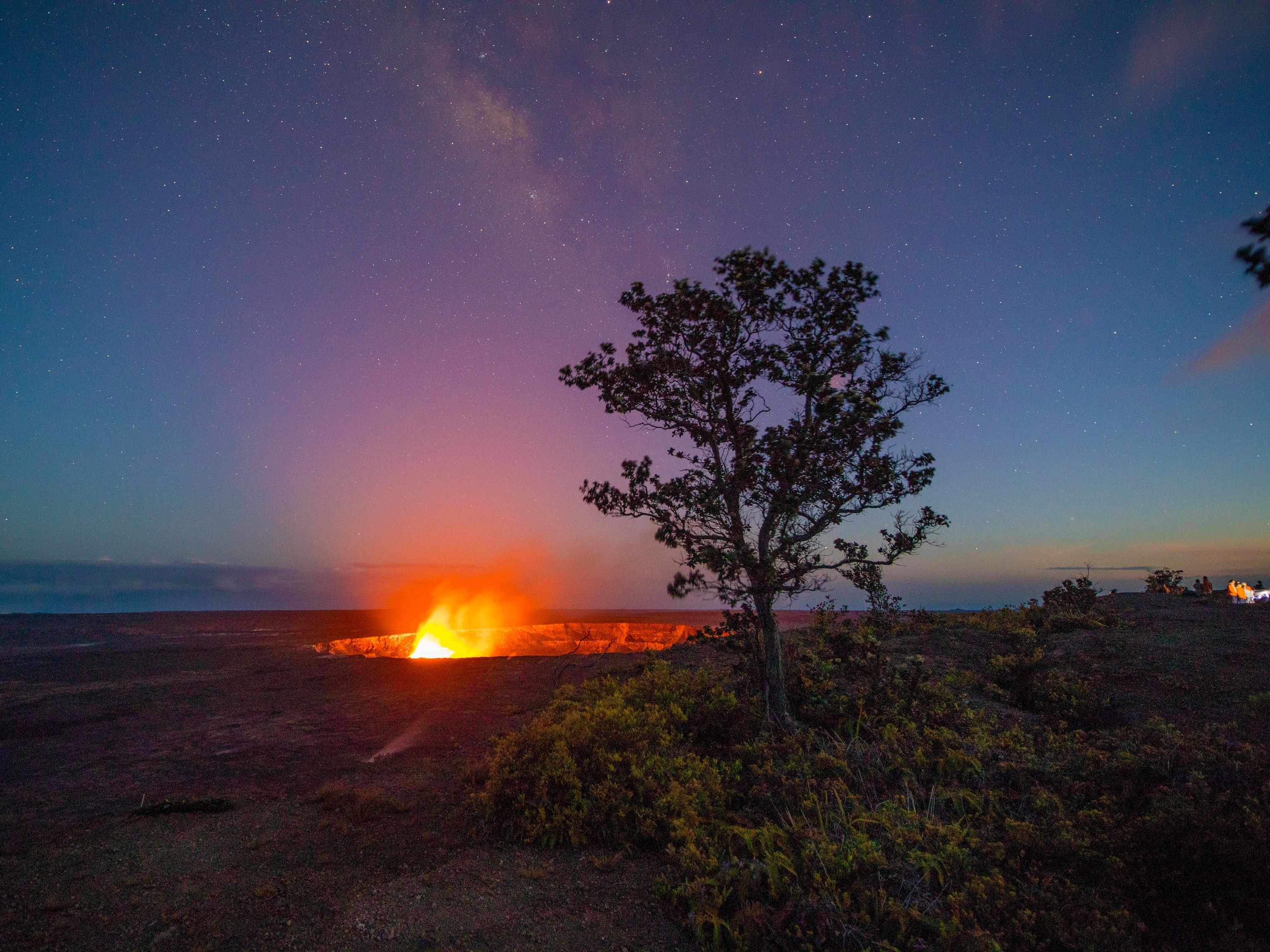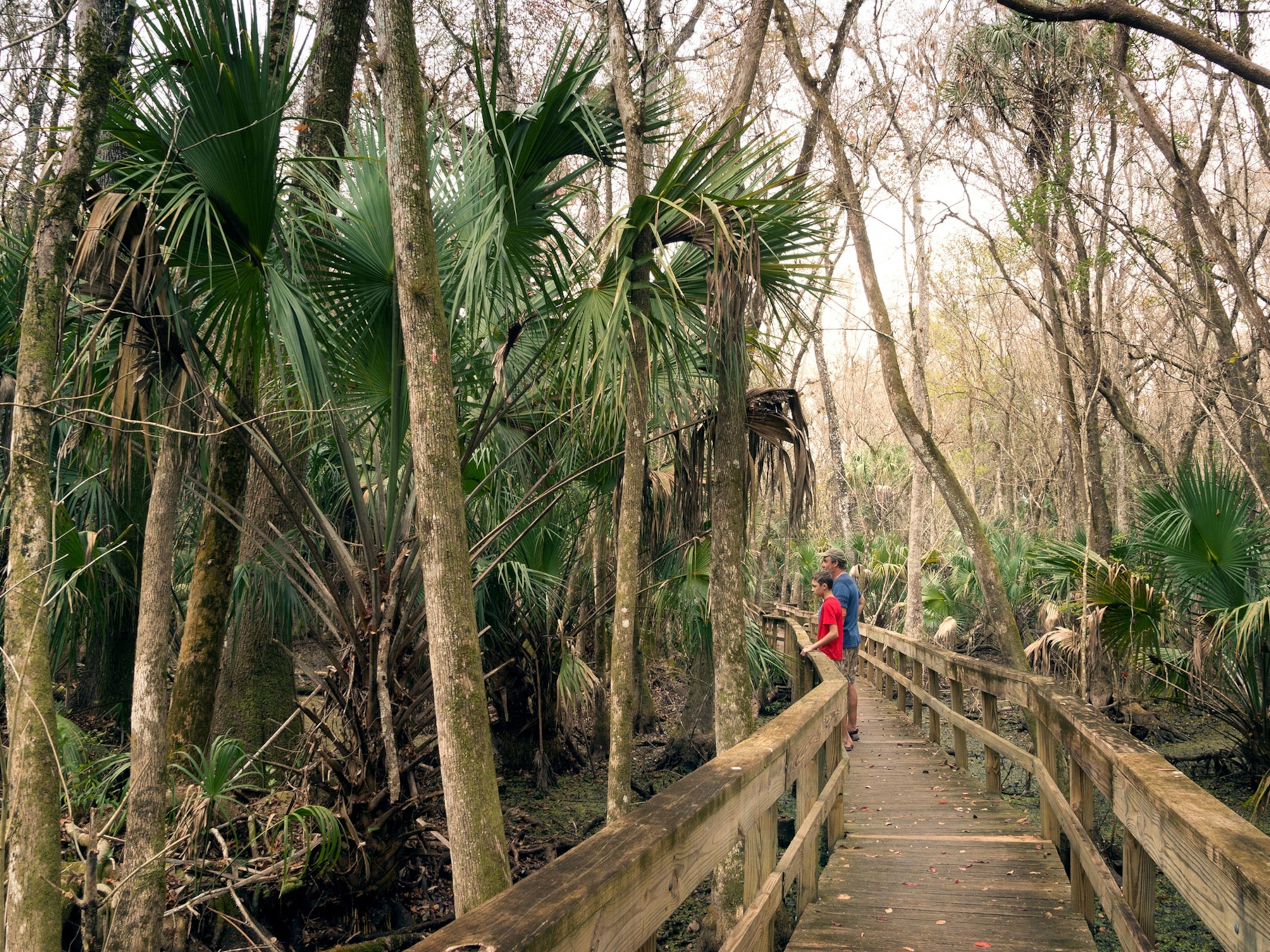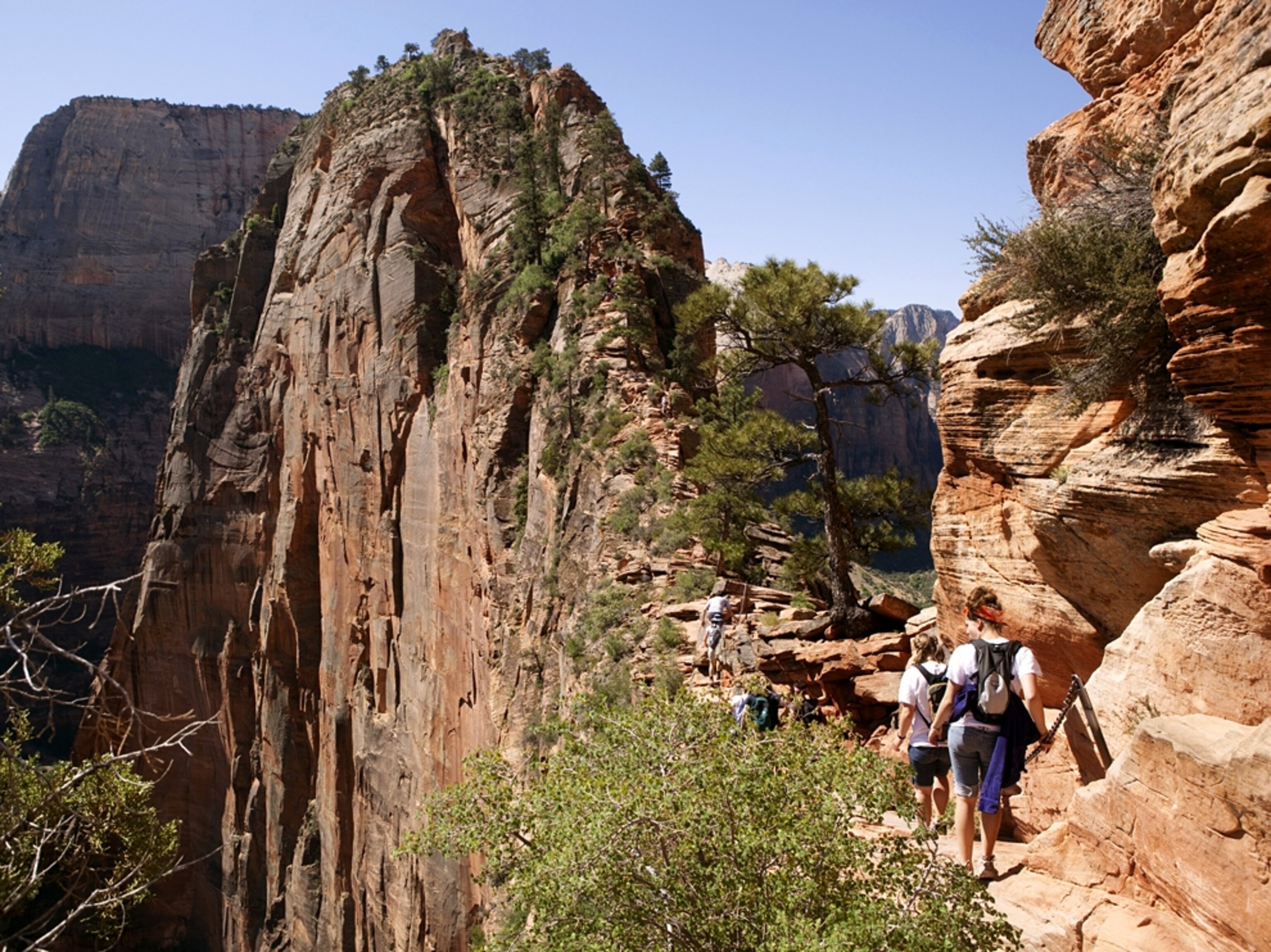
Photograph by Chris Butler, Photolibrary
Top 10 Walk-Up Summit Hikes in the U.S. Parks
August 3, 2011
12 min readOur national parks are full of peaks that can be reached by nearly anyone in good physical condition, with proper gear and preparation. Some of these are fairly easy hikes, while others are moderately strenuous. As always, know your personal limits and get advice from a park ranger before setting out for a summit.
- National Geographic Expeditions
Travel with National Geographic
